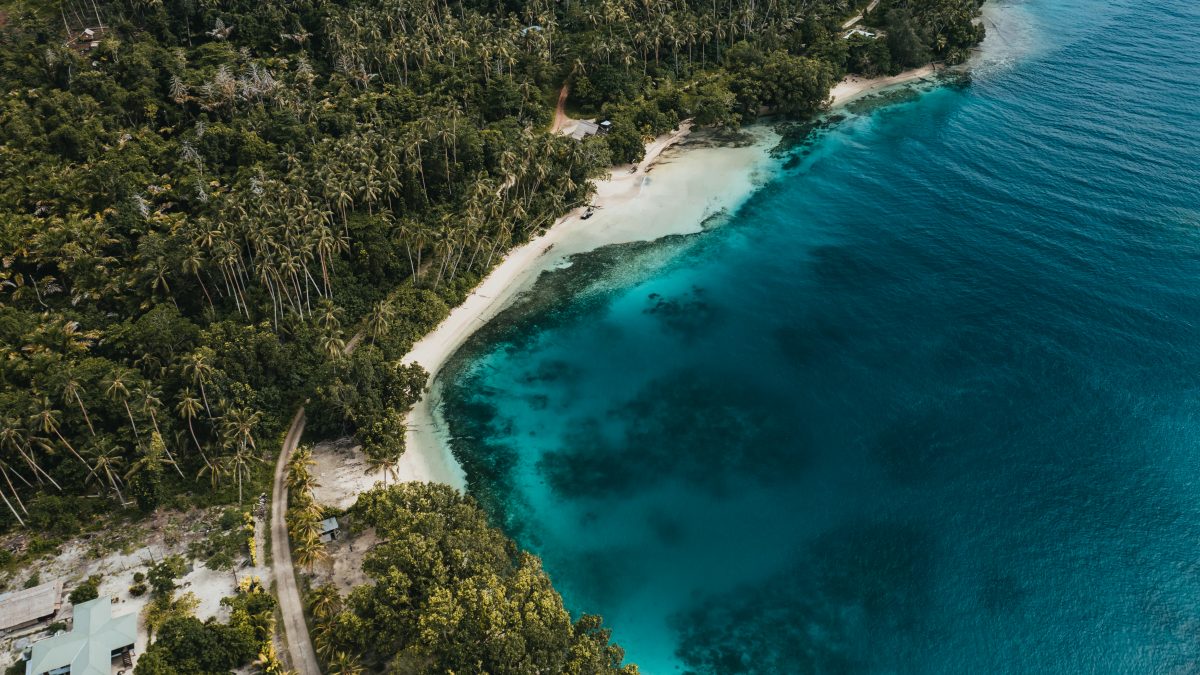Next door and a world away
Ancient treasures await in the Solomon Islands – but you must learn to let go as they are best enjoyed unplugged, writes Daniel Scott.
TRAVELLING in the Solomon Islands, with little Wi-Fi, mobile coverage and no map, it’s sometimes hard to know where we are or what day it is. As our tinny bounces across a glassy lagoon, under a shiny blue sky nudged by bruised purple clouds, I search the seascape for clues. Fleetingly, I imagine myself as Spanish explorer Alvaro de Mendana, who reached these islands on an epic voyage, in 1568, and named them after King Solomon, believing he’d found the Biblical land of gold. I know we’re somewhere in Western Province, among the lower of the Solomons’ double chain of nearly 1000 islands, slung across more than 1600 kilometres of ocean. I recall that we flew into Munda, on New Georgia island, around three days ago and that it’s the largest coastal community we’ve visited, yet still took only five minutes to cross town from the airport to our guesthouse. I think we’re scooting towards Rendova Island, enroute to tonight’s accommodation. However, I’ve no idea what atolls, appearing like green molehills flung up by burrowing marine creatures, or which lagoon – is it Vonavona or Roviana? – we’re passing through. In these ultra-connected times, such uncertainty is discombobulating, but the mystery is liberating too. While the Solomons are on Australia’s doorstep, with direct flights from Brisbane to Munda and to the capital Honiara meaning we can be amidst this swirl of tropical islets in three hours, it remains our least discovered neighbor. In 2024, the nation had 25,000 visitors, compared to Fiji’s more than 1 million, and only 8000 Australians came here, mainly from an intrepid cohort of surfers, divers and fishers. So, not knowing where we are is part of the adventure. The Solomons are an antidote to modern over tourism.

